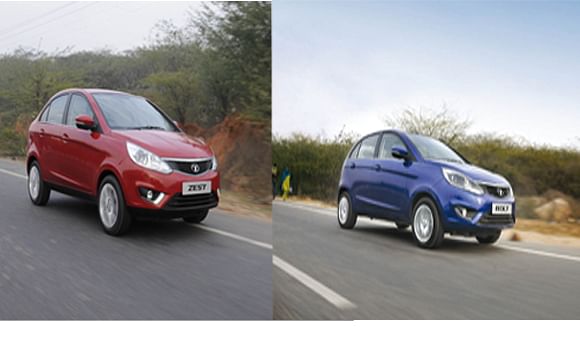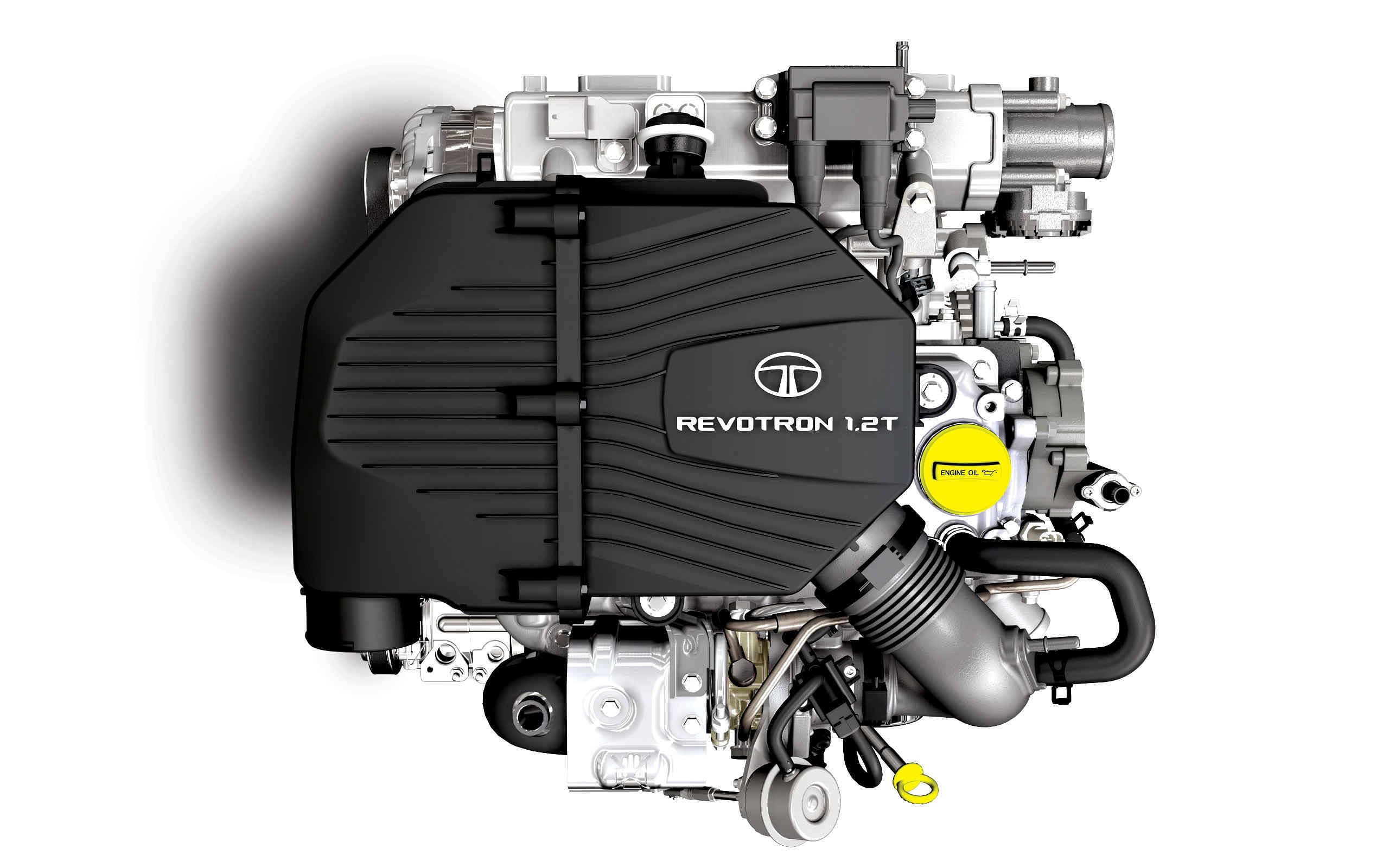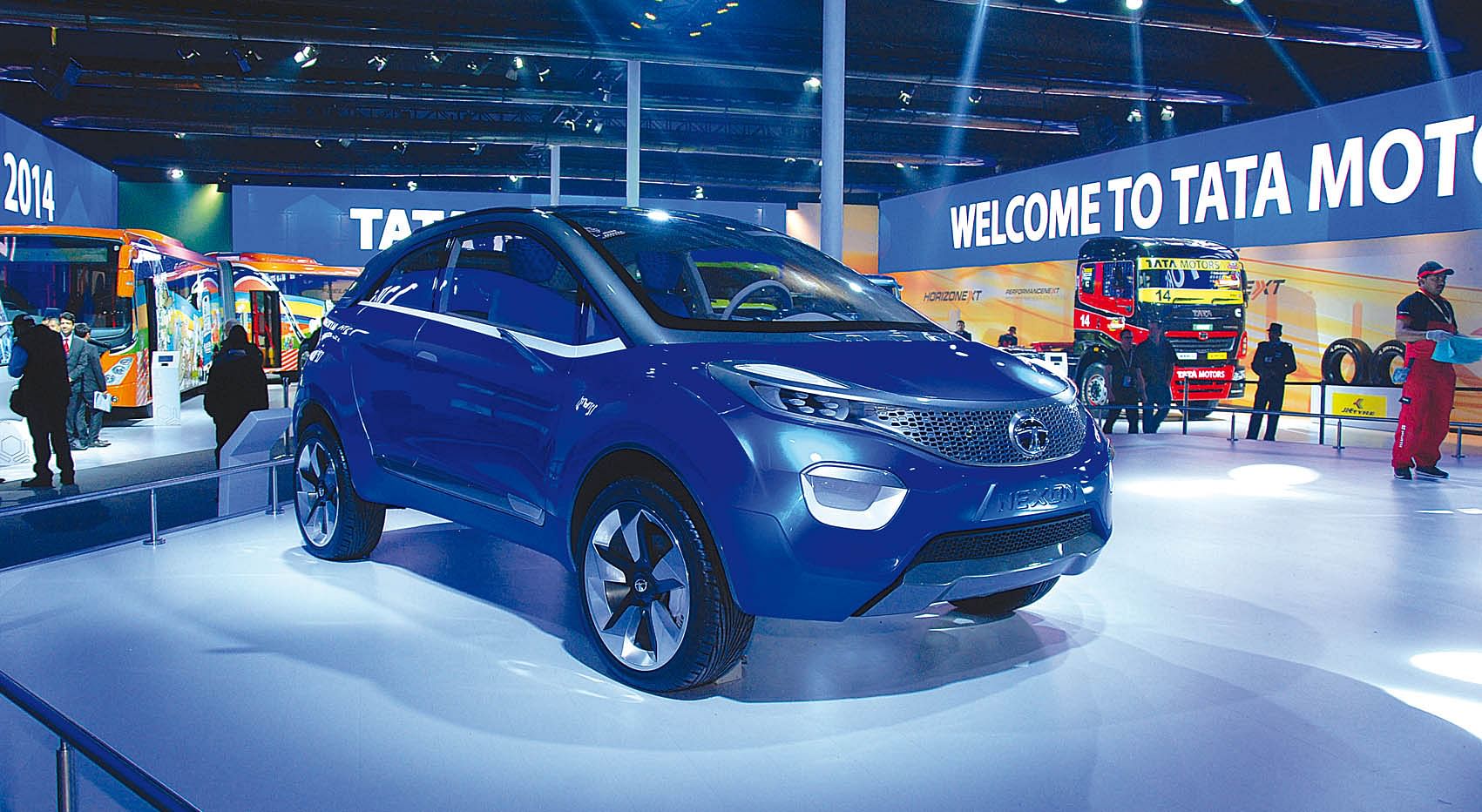‘We are introducing downsizing technologies in the Revotron engine family.’
Dr Tim Leverton, Tata Motors' R&D chief, speaks to Sandeep Srikanth about the key role the Tata Motors European Technical Centre in the UK will play in new product development
Dr Tim Leverton, Tata Motors' R&D chief, speaks to Sandeep Srikanth about the key role the Tata Motors European Technical Centre in the UK will play in new product development, the Revotron engine family, synergies with JLR and working on a Nexon-based compact SUV.
What influence has the Tata Motors European Technical Centre (TMETC) and UK design office had on the upcoming Zest sedan and Bolt hatchback?
The TMETC European Centre is actually a small but complete car company. We have the full range of skills from body, engine, transmission and chassis as well as design. So we are able to work quickly on the early stages of projects and to influence and add capability to areas where we need to move on to global standards. For example electrical design and chassis development are two areas that have benefitted from the simulation capabilities at TMETC.
In the early stages, where the design and styling are being completed, we have three design studios – our core studio in Pune, the studio here (in the UK) and another in Italy – which work as an umbrella organisation. The creative process from all three supports each of our projects.
A number of companies are looking to set up development centres like TMETC in India. TMETC has been in the UK at the University of Warwick since long. How does that work in terms of synergies and especially costs?
It is a bit of a reverse process compared to what car companies in developed countries are doing. They are looking to open offices in India because they are looking to reduce costs.
We are doing the reverse because we need to get access to new technology and skills in engineering and design, which are associated with those advanced technologies.
So by having a relatively smaller group, we get really good leverage in terms of new technologies and being able to integrate them rapidly in terms of our core teams back home in India. The balance of cost / margin of cost is quite marginal actually in terms of our overall operations but the leverage we get from that is very powerful.
For the Zest and Bolt, you started off with existing platforms which have now been heavily modified to reflect Tata Motors’ new thinking. What percentage of the new inputs on these cars came from TMETC?
It is difficult to put a precise number on it because if you look at it across the whole range of disciplines, there has been a lot of influence across various levels and aspects. TMETC is such a small organisation that you can look at it as quite a small influence. But in terms of choosing technologies, developing design languages, DNA and future identity, it’s very influential in the early stages of projects.
What’s clear is that they’ve had some influence on processes as well like using the lab car to validate electrical systems.
That is a great example of the role that TMETC plays for us. The lab car technology is needed for us because we are going to more and more elaborate electric architectures and more and more control units – the Zest has 11 separate control units; each of those have to talk to each other and we have to look at the compatibility between them under all conditions of application. The lab car tech is one of the things being developed in Europe and TMETC has enabled us create that for ourselves and transfer that back to our production operations in Pune. So that’s a perfect example of how we use TMETC.
One of your focus areas as part of Horizonext is sustainability and TMETC is doing a lot of work in the field of EVs, range extenders and battery technology. By when will all this technology filter down into cars that you will be selling in India?
It is a difficult call to make as to how the market will develop. I think worldwide the evolution of electrified drivelines and electric vehicles has probably been slower than people have expected. So our strategy has been to work across all areas of electrification of the driveline – from mild hybrids to full hybrids to range extender vehicles – so that we have the technology available with us and as and when the market opportunities arise, we will work very quickly to introduce those into the marketplace.
We are already seeing that happening with commercial vehicles, with buses for example – CNG hybrid buses are already plying on Indian roads, and also in Europe from our subsidiaries here. I think it will come over the next 3-4 years and we are ready to react to that when it arises.

Feedback on the Zest and Bolt from Auto Expo showgoers is that Tata Motors has taken a step up in design and quality. How important is quality now given that in the past there have been complaints about the longevity of products?
It has been fundamentally important to bring these cars up to global standards and we have addressed all of those customer inputs at the start of our project understanding where we had issues, where we had need for improvement. We have, therefore, made the changes that were needed to address that. We have done exhaustive testing – more than a million-and-a-half kilometres – getting ready for the start of production and market launch. At various times we have also tested the cars with customers. They have given us direct feedback as to what they have seen, as to how it operates, and as you say, the reaction has been very positive and we are eager to get started.

Tata Motors recently unveiled the new Revotron engine family. Tell us about the plans for internal combustion engines?
In conventional (internal combustion) engines, there is still a lot of potential to improve efficiency, reduce friction and losses in the engine. On the Revotron engine family, we are introducing downsizing technologies. So in our 1.2 turbocharged engine, we are creating performance in terms of torque, particularly low-end torque, and peak torque that is a step up in this segment in terms of the amount of torque that is available but with a very satisfying fuel economy and in turn good drivability.
We have given three drive modes for the car – a Sport mode which gives all the performance, a City mode for driving in the city and an Eco mode for the highways. That means the customer can choose what kind of drive experience he wants for a particular situation. It is something that we are going to expand on in the coming years as we develop these systems and we develop more and more efficiency into the petrol side of our business.
Maruti has launched the Celerio with an AMT. You have talked about putting an AMT into the Zest. What are your thoughts on AMT technology and are you excited about the opportunities in the segment for a diesel AMT?
I am excited. Automated manual transmission offers a good balance of benefits. It is a more affordable option than a full sequential manual transmission but it also brings with it very efficient mechanical advantages. So we are able to use the efficiencies of manual transmission but with the ease of driving of automated shift and that really makes a contribution to a much easier drive at an affordable price point.
So I think this is the start for us on the diesel and you’ll see us roll it out across our other variants as well in future.
What are the plans for synergies with Jaguar Land Rover going forward? There has been talk on the prospects of a Tata Motors’ SUV based on an old Freelander platform.
What’s clear is that there is a very different positioning in terms of the products that JLR makes – they are premium-position, very high-performance products and we are more in the mainstream of the mass market. So, at a product level, it is not easy to cross over and get
synergies.
Where we can work very effectively is in the understanding of engineering standards and global standards, processes and in the research stage. We recently announced our participation in the National Automotive Innovation Campus (NAIC) at Warwick University which will house over a thousand Tata Motors and JLR research engineers who are working on the technologies of the future. That is where most of our focus is now.
Are you working on a product based on JLR technology already?
From time to time, we are studying various opportunities and when we are ready to share that with you we will do so but right now it’s in the study stage and no decisions have been taken.
Tata Motors has a lot of heritage with rugged SUVs but recent styling hasn’t been cutting edge. The Nexon concept though looks great. What are the plans for SUVs in the next few years?
I think SUVs is a very important segment, one that has been growing with the emergence of new products. The Nexon is our interpretation of a compact SUV and that is a segment that we believe will be very important in the future. People like the experience of driving in an SUV and they feel very safe in a bigger car with a higher driving position.
Our challenge is to upgrade our portfolio to achieve better fuel economy and lighter vehicle designs. This really will follow on from the Nexon as an indicator of how we are thinking. They can also be very stylish vehicles, lifestyle-related vehicles. Over the next 2-3 years, we will reposition our portfolio on that basis.
Then is a compact Nexon-based SUV on the cards?

We are some way away from bringing it to market but the response we have seen has encouraged us to go ahead with it.
RELATED ARTICLES
India: A Bastion Of Stability for Schaeffler
German autoparts maker Schaeffler’s CEO, Klaus Rosenfeld, describes India’s role in the company’s €24-25 billion empire....
'No Question of Us Being Late' - Suzuki India on e-2Wheeler Market
Suzuki Motorcycle India believes its EV entry is timely as the market is now mature enough to grow off genuine demand ra...
'India Can Become a Major Pillar for Us' - Marquardt Group
Björn Twiehaus, CEO of Marquardt Group, and Vishal Narvekar, the company's India GM, share their outlook on the Indian m...





 08 Jul 2014
08 Jul 2014
 5676 Views
5676 Views





 Ketan Thakkar
Ketan Thakkar


 Angitha Suresh
Angitha Suresh

 Darshan Nakhwa
Darshan Nakhwa

